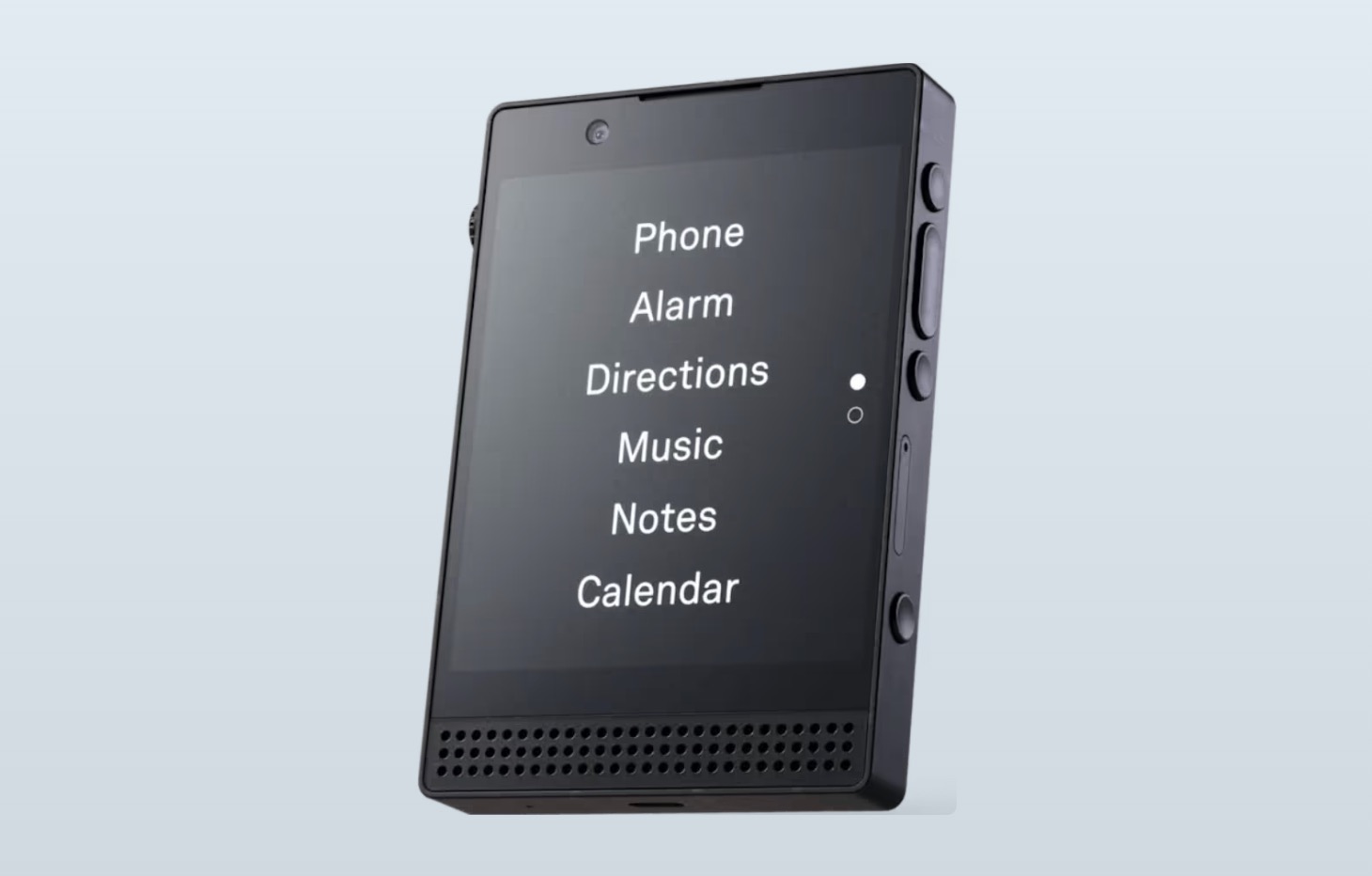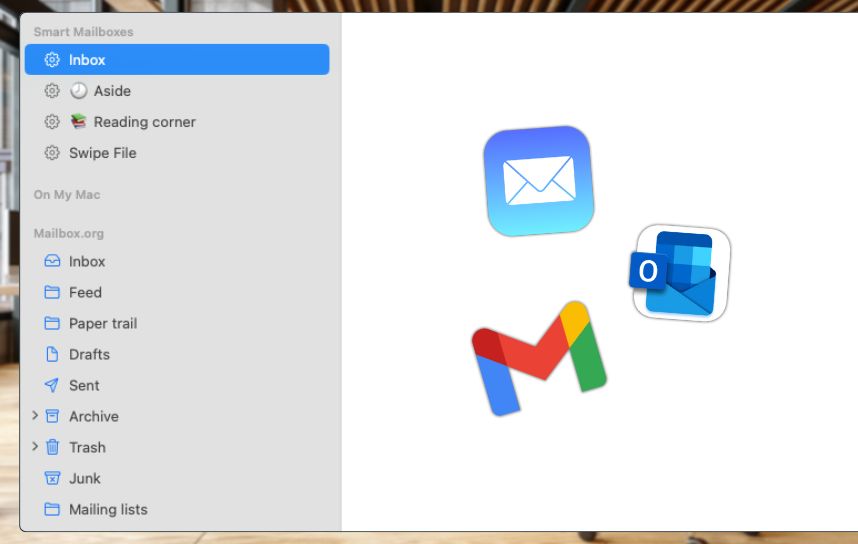
I picked up Digital Minimalism by Cal Newport after hearing his name in nearly every podcast and YouTube video about focus and productivity.
The book promises a more intentional way to live in a hyperconnected world.
This summary looks at what the book teaches, what actually works in real life, and where Newport’s philosophy meets reality for those of us who still need our phones for work, family, and everything else.
Let’s dive in.
Overview
What Is Digital Minimalism?
Digital minimalism is Newport’s philosophy for using technology with intention. It’s about choosing tools that support your values instead of letting your devices dictate how you spend your time.
He argues that our constant scrolling isn’t a moral failure. It’s the result of platforms designed to hijack our attention. The same way casinos are built for addiction.
"Scientists have known since Michael Zeiler’s famous pecking pigeon experiments from the 1970s that rewards delivered unpredictably are far more enticing than those delivered with a known pattern. Something about unpredictability releases more dopamine (...)."
Newport points to studies showing how unpredictable rewards (likes, retweets, new messages) trigger dopamine spikes, the same chemical behind gambling cravings.
The result is a life where we never get mental solitude.
"As Kethledge and Erwin explain, however, solitude is about what’s happening in your brain, not the environment around you. Accordingly, they define it to be a subjective state in which your mind is free from input from other minds.
You can enjoy solitude in a crowded coffee shop, on a subway car, or, as President Lincoln discovered at his cottage, while sharing your lawn with two companies of Union soldiers, so long as your mind is left to grapple only with its own thoughts."
The Digital Declutter
The centerpiece of the book is what he calls the Digital Declutter: a 30-day break from optional technologies.
You remove all nonessential tools for a month, rediscover what you enjoy offline, and then reintroduce only what truly adds value.
Step 1: Define Optional
Ask yourself: would removing this technology harm or significantly disrupt your work or personal life? If not, it’s optional.
"Consider the technology optional unless its temporary removal would harm or significantly disrupt the daily operation of your professional or personal life."
Step 2: Take 30 Days Off
Cut those technologies completely. The goal isn’t punishment; it’s clarity.
Newport warns that people often fail because their rules are too strict or too vague. He suggests planning replacement activities beforehand—walks, hobbies, or time with friends—so boredom doesn’t drive you back to screens.
Step 3: Reintroduce With Intention
At the end of 30 days, each tool has to meet three conditions:
- It serves something you deeply value.
- It’s the best way to serve that value.
- You set clear rules for when and how you use it.
"To allow an optional technology back into your life, it must serve something you deeply value, be the best way to use technology to serve this value, and have a role constrained by clear operating procedures."
It’s a simple process on paper. Harder in practice. When I tried it, I realized how much I reach for my phone by habit.
Principles of Digital Minimalism
Newport builds his whole philosophy on a few principles:
- Value first. Only keep tools that directly support what matters most.
- Quality over quantity. Use fewer apps, but use them well.
- Intention over convenience. Set limits on how and when you engage.
- Constraints matter. The best systems have friction built in.
So, in a sense, Cal’s approach is not anti-technology; it’s anti-compulsion.
I like that approach. Instead of blaming ourselves for weak willpower, Newport shows how small design choices (infinite scroll, autoplay) shape our behavior.
Key Practices
Here are some of the practices from the book that stood out to me. And what I made of them.
Leave Your Phone at Home
Newport suggests doing this daily, even for short errands. It’s uncomfortable at first but freeing later. You realize most “emergencies” aren’t emergencies.
Take Long Walks
Nietzsche once said, “Only thoughts reached by walking have value.” Walking is a low-tech way to process thoughts and get mental clarity.
Write Letters to Yourself
When your mind feels noisy, write to yourself on paper. It’s like offloading the mental tabs you keep open all day.
Don’t engage
Newport says to stop liking or commenting on social media entirely. Every time you react, you reinforce the habit loop.
"These seemingly innocuous interactions teach your mind that connection is a reasonable alternative to conversation."
Consolidate Texting
Keep your phone on “Do Not Disturb” by default and check messages at scheduled times. I’ve done this for months. The world didn’t collapse.
Fix or Build Something Weekly
One of my favorite ideas. Newport says real satisfaction comes from creating—fixing things, learning skills, making something tangible. It’s a reminder that passive entertainment rarely fulfills us.
"My suggestion is that you try to learn and apply one new skill every week, over a period of six weeks."
Join Something
Humans need structured, real-world social time. Newport highlights examples like local clubs, volunteer work, or group hobbies. Basically: get out of the house and see real people.
Schedule Low-Quality Leisure
You can still scroll, but only when it’s scheduled. When you confine low-quality leisure to certain windows, you protect the rest of your time for better activities.
Lessons on Leisure
Newport believes we’ve forgotten how to enjoy free time. He outlines three “Leisure Lessons”:
- Do demanding things. Effort creates meaning.
- Make things. Use your hands. Cook, garden, repair, build.
- Socialize offline. Replace group chats with group projects or shared experiences.
This is the part most people skip when they try a digital detox. If you don’t fill the gap left by your screens with something genuinely rewarding, you’ll end up scrolling again.
Plan ahead. Decide how you’ll use the hours you get back.
The Bigger Message
Underneath all the practical advice is a critique of the attention economy. Newport traces its roots to 1830:
"Up to that point, publishers considered their readers to be their customers, and saw their goal as providing a product good enough to convince people to pay to read it. Day’s innovation was to realize that his readers could become his product and the advertisers his customers. His goal became to sell as many minutes of his readers’ attention as possible to the advertisers."
Newport argues that reclaiming your attention isn’t just personal; it’s cultural resistance. Every hour spent offline is an hour the algorithm doesn’t get.
That might sound extreme, but it lines up with what I’ve experienced while reviewing dumb phones, lock boxes, and screen-time tools on this blog. The less reactive I am to my phone, the calmer and more focused I feel.
My Takeaway
Cal Newport’s message in his book *Digital Minimalism* is simple but powerful: your attention is your most valuable asset.
You don’t need to toss your phone or delete all of your social media profiles. Just be deliberate about what you use it for.
When you choose what to pay attention to, you take your time and focus back. That’s the real meaning of digital minimalism (and why this book is still worth reading today).
Get Digital Minimalism on Amazon
(Affiliate link: If you buy the book, I get a small commission and you help support this site.)



